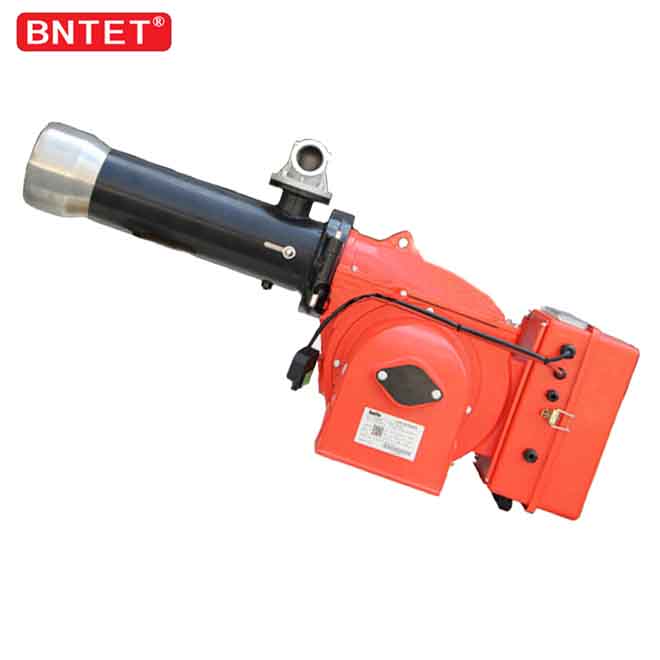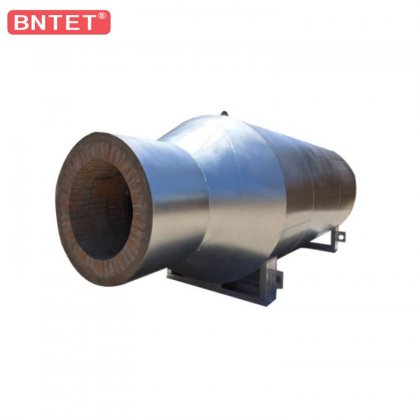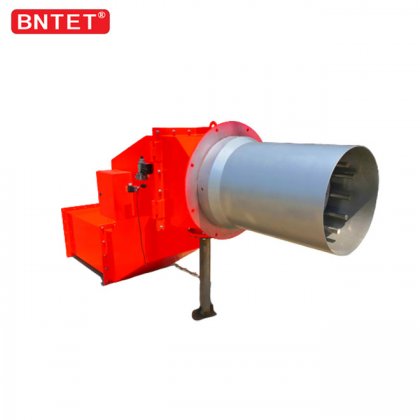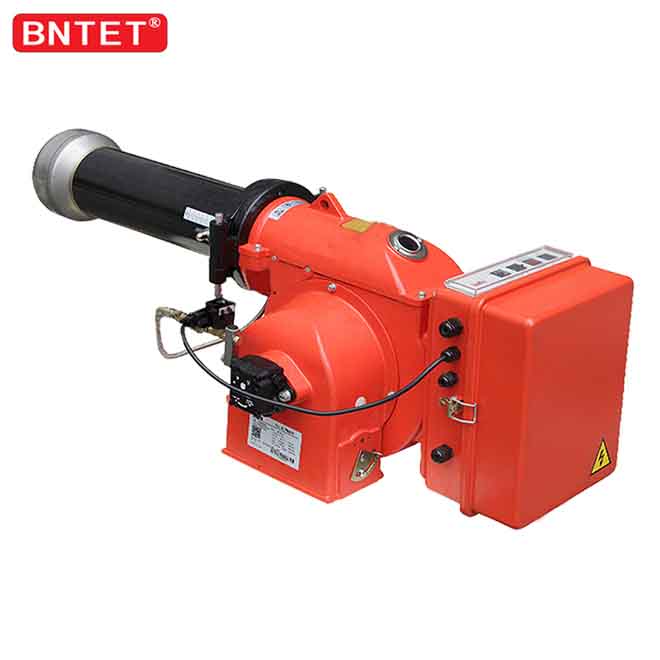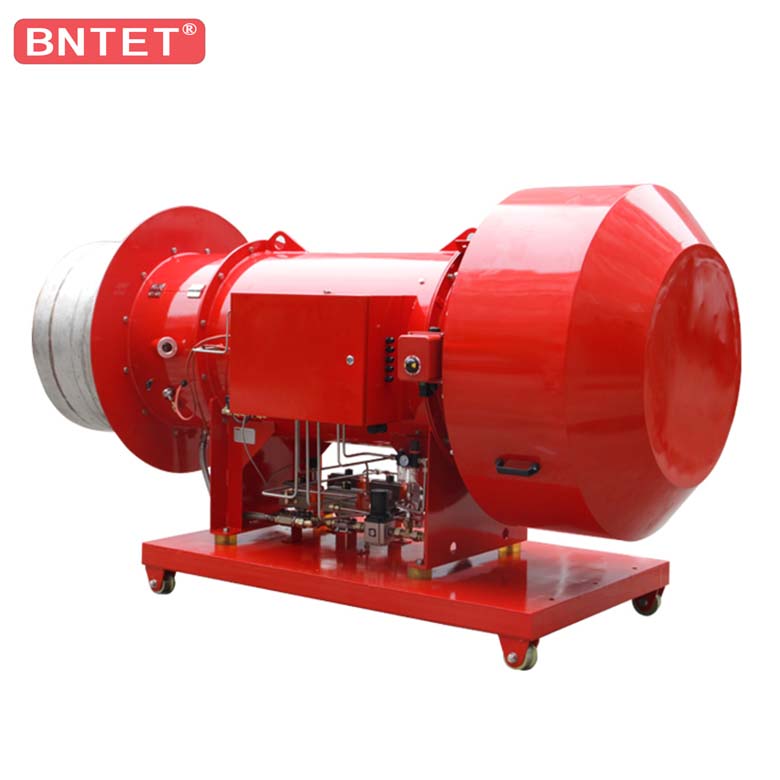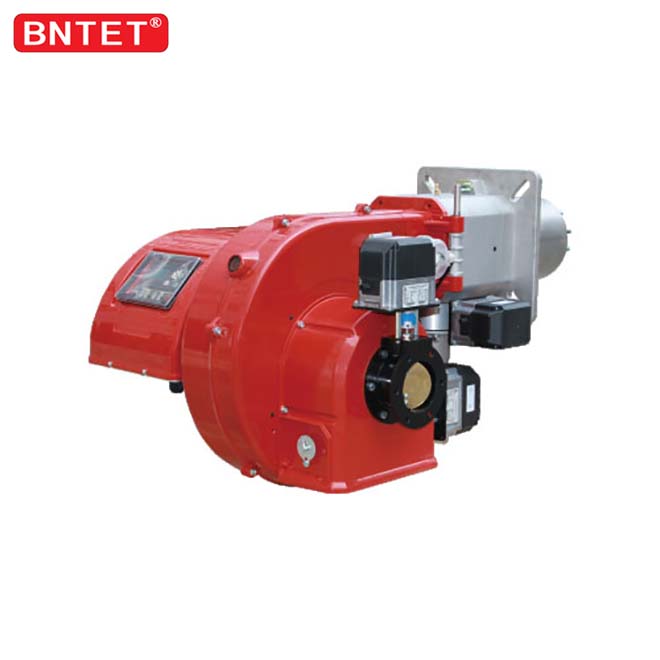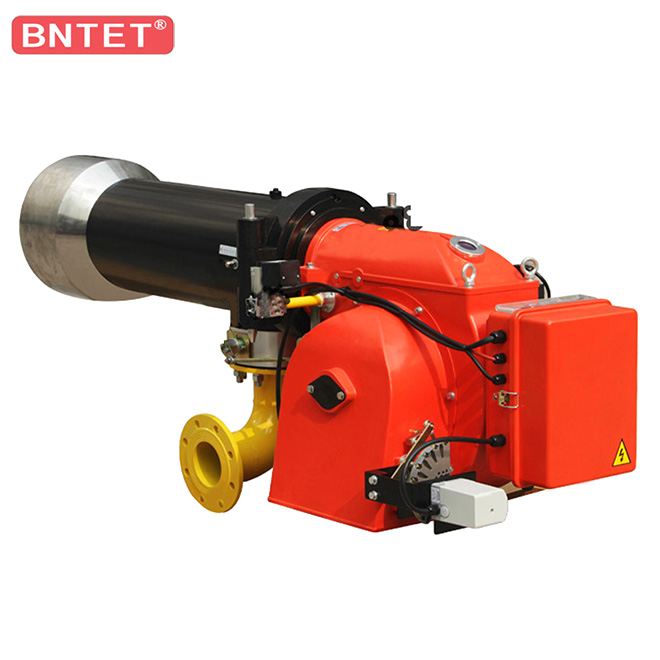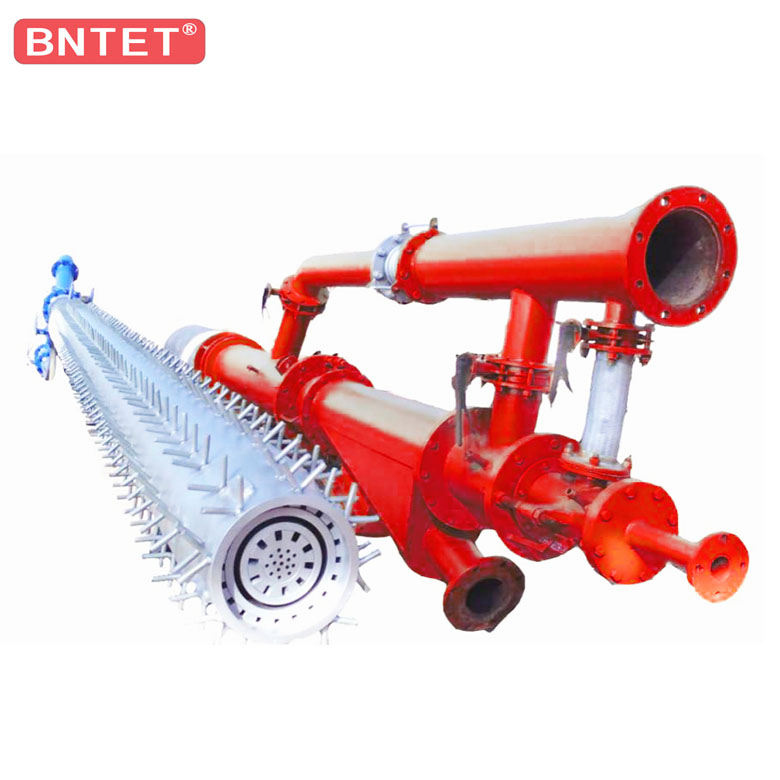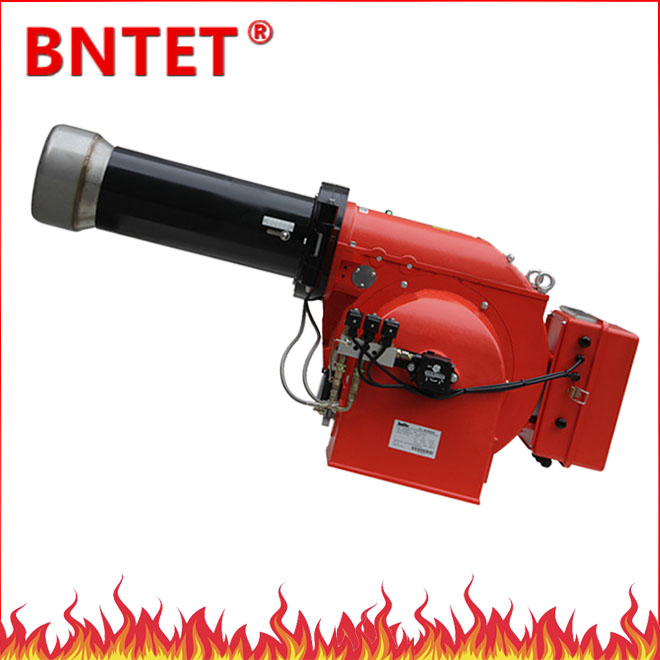
As far as China is concerned, natural gas and coal as raw materials are relatively abundant, and they are clean energy sources with good social and economic benefits. The ratio of natural gas burners is more in line with my current industrial policy, so the market prospects are great.
However, in the research and development process of natural gas burners, the three hazards of natural gas characteristics "flammable, explosive, and toxic" are the primary problems of safety control. Today, Guangzhou Kuitai automatic control equipment mainly talks about natural gas burner control systems. The top priority.
Safety control requirements for natural gas burners: According to the combustion characteristics of the gas in the furnace, the safety control requirements mainly include pre-blowing, automatic ignition, combustion status monitoring, non-ignition protection, flameout protection, high and low gas pressure limits Protection, insufficient air pressure protection, power failure protection, measures to prevent gas leakage accidents, etc.
1. Pre-blowing
Before the natural gas burner is ignited, there must be a period of pre-blowing to blow away or dilute the remaining gas in the furnace and flue. Because there is inevitably remaining gas in the working chamber of the natural gas burner, if it is ignited without pre-blowing, there is a danger of explosion. The remaining gas must be blown off or diluted to ensure that the gas concentration is not within the explosion limit.
The pre-blowing time is related to the furnace structure and the blowing volume, generally set to 15-60 seconds
2. Automatic ignition
Natural gas burners should be ignited by electric sparks to facilitate automatic control. A high-voltage ignition transformer can be used to generate arc ignition, and its output energy is required to be: voltage ≥ 3.5K V, current ≥ 15 mA, and the ignition time is generally 2 to 5 seconds.
3. Burning status monitoring
The combustion status must be dynamically monitored. Once the flame detector detects the flameout signal, it must be fed back to the natural gas burner within a very short time, and then it will enter the protection status and cut off the gas supply.
The flame detector must be able to sense the flame signal normally, neither sensitive nor dull. Because of its sensitivity, if the combustion state fluctuates, it is easy to cause malfunction and sluggishness. The feedback flame signal is lagging, which is not conducive to safe operation. It is generally required that the response time from flameout to flameout signal sent by the flame detector does not exceed 0.2 seconds.
4. Protection against fire
When the natural gas burner is ignited, gas is introduced, and the gas ignites and burns. The ignition action requires that the ignition temperature field be formed before the gas is introduced to facilitate ignition and combustion. If the ignition fails, the flame detector cannot sense the flame signal and the burner enters the protection state.
The time from ignition to entering the protection state should be appropriate, neither too short nor too long. If it is too short, it will not have time to form a stable flame; if it is too long, a large amount of gas will enter the furnace when it fails to ignite. Generally, it is required that the burner judges the flame signal sensed by the flame detector within 2-3 seconds after the gas is supplied. If it is not on fire, it will enter the protection state, and if it is on fire, it will maintain combustion.
5. Flameout protection
During the combustion process of the burner, if it extinguishes accidentally, the burner will enter the protection state. Because the furnace is hot. The gas is prone to deflagration, so it must enter the protection state in a very short time and cut off the gas supply. From the occurrence of flameout to the burner entering the protection state, the response time of this process should not exceed 1 second.
6. Gas pressure high and low limit protection
Gas burners have a certain range for stable combustion, and only allow gas pressure to fluctuate within a certain range. The purpose of limiting the high and low pressure of the gas is to ensure flame stability: no flameout, no flameout or backfire, while limiting the output heat power of the burner to ensure safe and economic operation of the equipment. When the gas pressure exceeds this range, the burner should be locked out.
The burner design generally uses a gas pressure switch to sense the pressure signal and output a switch signal to control the corresponding operation of the burner.
7. Protection against insufficient air pressure
The gas burner is designed with high heat intensity, and its combustion method adopts forced air blast. If the fan fails and the air is interrupted or the air is insufficient, immediately cut off the gas, otherwise the furnace will deflagrate or flash back to the fan. Therefore, while improving the quality of the fan, the gas control must be interlocked with the air pressure. When the air pressure is insufficient, the gas supply should be cut off immediately.
Generally, a gas pressure switch is used to sense the air pressure signal and output a switch quantity signal to control the corresponding operation of the gas solenoid valve.
8. Power failure protection
When the burner is suddenly cut off during operation, the gas supply must be cut off immediately to protect the safety of the equipment. The gas control solenoid valve must be normally closed. Once the power is cut off, it will automatically close and cut off the gas supply. The response time of solenoid valve closing is less than 5s.
9. Measures to prevent gas leakage accidents
Gas leakage includes two aspects, one refers to gas leakage to the environment through pipelines, and the other refers to gas leakage into the furnace through the solenoid valve core end.
Environmental leakage may cause personnel poisoning and explosion accidents at work sites, which must be taken seriously. First, ensure that the pipeline is sealed, and regularly check the pipeline for leaks. If the pipeline leaks must be eliminated, it can be used. Secondly, to avoid the gas concentration that may cause poisoning and explosion, the work site is required to be well ventilated: permanent ventilation holes and forced ventilation Installation; In addition, it is required to prohibit fireworks and explosion-proof electrical parts at the work site.
Leaks in the furnace may cause an explosion in the furnace. There are three ways to solve the problem of leakage in the furnace: one is to strengthen the pre-blowing time and the amount of blowing to blow or dilute the gas in the furnace; the second is to use two solenoid valves in series to improve the safety of the system; the third is to use pipelines The leak detection device detects the gas pipeline before ignition, and locks the burner to work if the gas leak reaches a certain amount. The measures to prevent gas leakage belong to the external control and are generally not included in the burner control.
